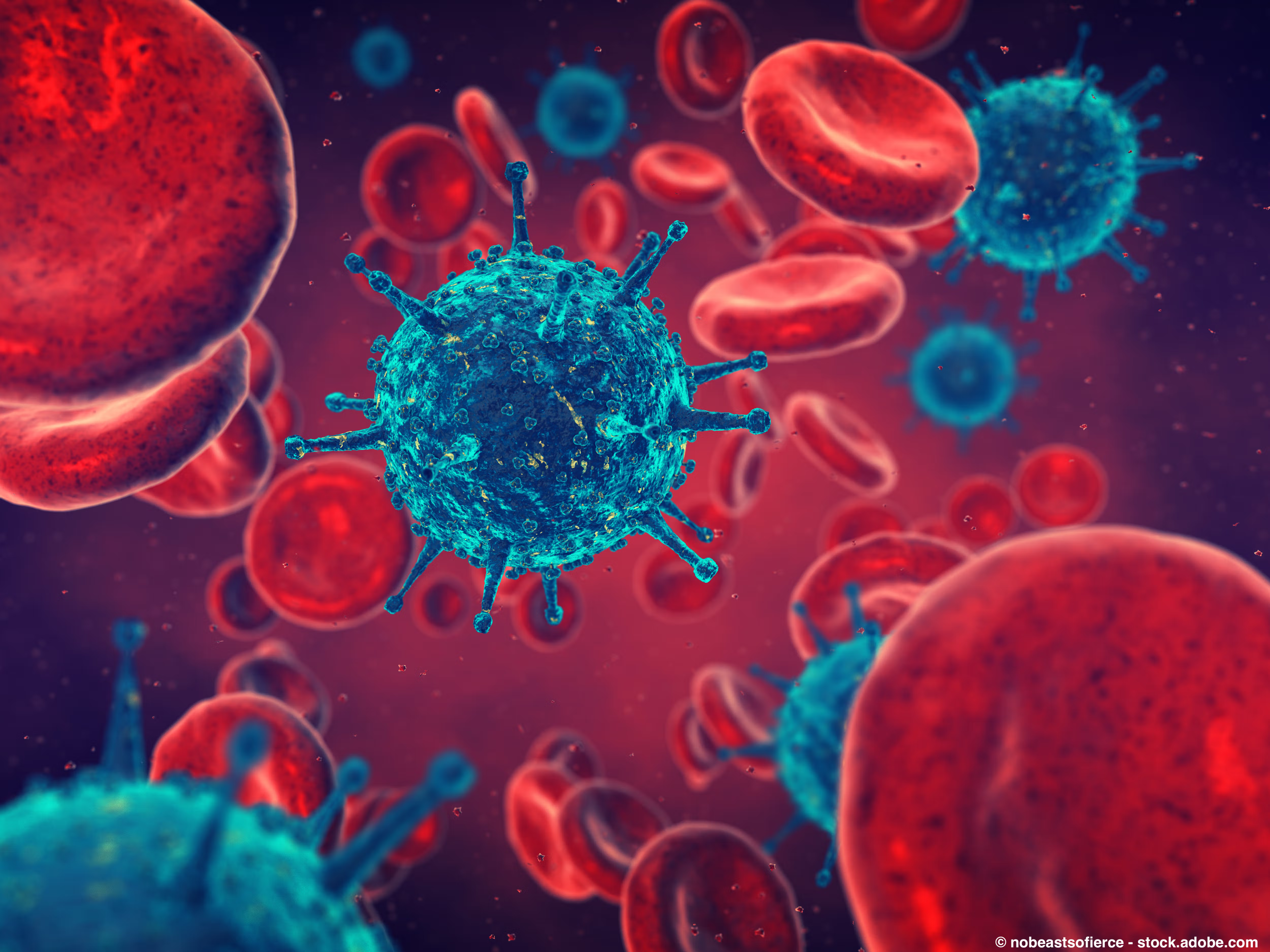Article
Treatment Advances in Chronic Lymphocytic Leukemia
Author(s):
Bruton tyrosine kinase (BTK) inhibitors and other new drugs are improving outcomes for patients with CLL.
Patient outcomes have improved following the introduction of Bruton tyrosine kinase (BTK) inhibitors for the treatment of chronic lymphocytic leukemia (CLL), a type of B-cell malignancy.
Most recently, Calquence (acalabrutinib), a type of BTK inhibitor, was introduced into the field following a November 2019 approval from the Food and Drug Administration (FDA) to treat adult patients with CLL of small lymphocytic leukemia.
“Acalabrutinib is an option for patients who are intolerant of ibrutinib (Imbruvica),” Dr. Farrukh Awan, an associate professor in the Department of Internal Medicine, at Harold C. Simmons Comprehensive Cancer Center, of UT Southwestern Medical Center, said in an interview with OncLive®, a sister publication of CURE®. “In most situations, patients who stop ibrutinib (because of toxicity) can safely continue on acalabrutinib.”
Imbruvica was the first BTK inhibitor approved by the FDA and has been around for several years. However, recent clinical trials have demonstrated the benefits of Calquence in this patient population. For instance, the ELEVATE-TN trial showed that when combined with Gazyva (obinutuzumab), a type of monoclonal antibody, Calquence reduced the risk of disease progression or death by 90% in patients who had never received prior treatment.
In addition, the oral medication proved to be better than the combination of the monoclonal antibody Rituxan (rituximab) and bendamustine and Rituxan plus Zydelig (idelalisib), a PI3K inhibitor, in patients whose disease relapsed or became resistant to treatment.
Because of the success of some of these newer drugs, chemotherapy for patients with CLL is being phased out, according to Awan. “Two landmark studies have compared the BTK inhibitor ibrutinib with chemotherapy in patients with untreated CLL, in both the younger and older patient populations,” he said. “In both studies, investigators observed a substantial improvement with ibrutinib.”
BTK is a protein that normally helps some CLL cells to grow and survive. By blocking BTK, the drug hopefully will stop the spread of malignant B cells.
However, Awan explained that although BTK inhibitors provide good responses, they are not deep responses. “Essentially, the patient will continue on therapy until progression,” he said. “We have not come up with a useful stopping rule, though we are trying to develop different strategies to limit the duration of therapy.”
He added that researchers are also trying to discover new ways to treat patients if the disease comes back. Alternative BTK inhibitors are currently being studied in clinical trial and a new PI3K inhibitor, Copiktra (duvelisib), was approved to treat patients with relapsed/refractory CLL after at least two prior lines of therapy. Chimeric antigen receptor (CAR)-T cell therapy is also being evaluated in patients with CLL.
“CAR-T cell therapy is a huge advancement in CLL, and emerging data look promising,” Awan said. “These are patients who have failed (all prior therapies) and historically, had dismal outcomes. Cellular therapy is exciting because it (spares patients) from allogeneic stem cell transplant, but it is potentially curative.”
Since the numbers are small and follow-up is short, Awan said that more data is needed before CAR-T therapy can widely be used for treatment.




